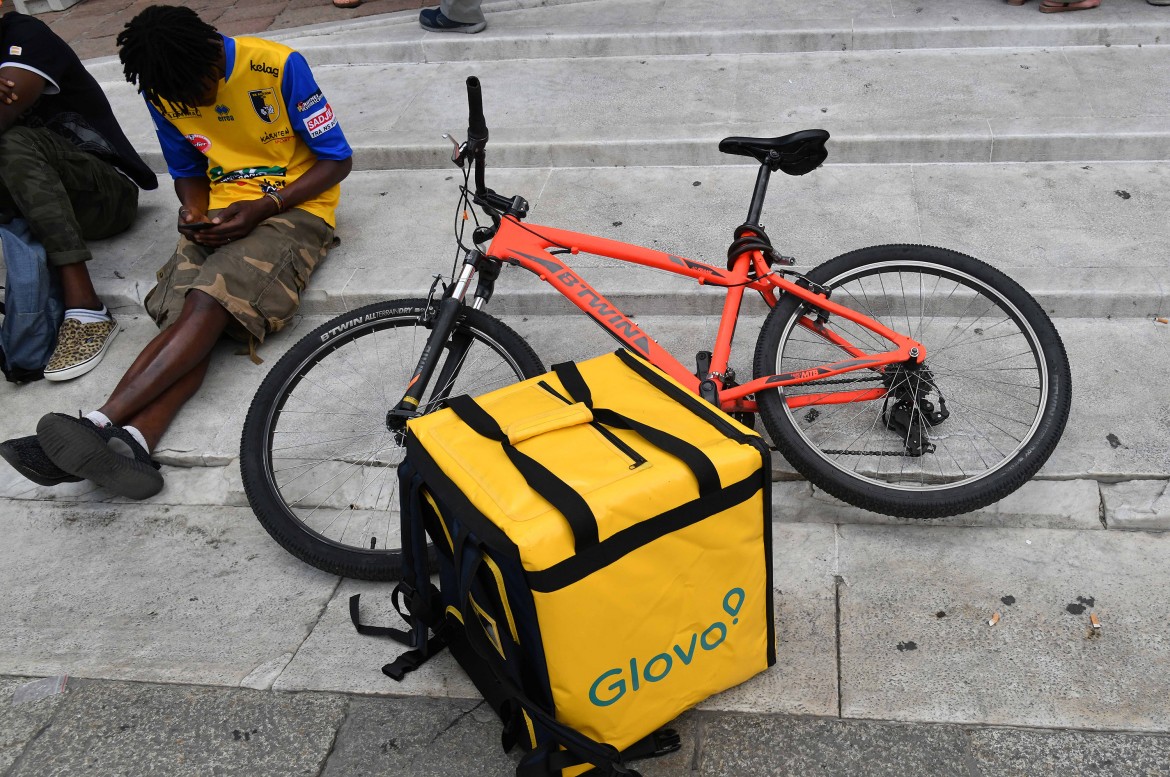It’s July in Bikini | poster

Released in theaters last weekend, Oppenheimer is a Christopher Nolan film with Cillian Murphy as the scientist in charge of the Manhattan Project, the father of the atomic bomb. Distribution in 3,600 theaters, $80 million box office in 48 hours: Oppenheimer will be one of the biggest hits of the season. Therefore, the biography of the scientist is welcome, but the glimpse of light that the film throws at the dawn of the atomic age is not enough: even today there are coral islands and the waters of the Pacific Ocean polluted by nuclear tests during the years of the Cold War.
network It is easy to find a photo of an American officer with a bag tightly pressed to his head under the palm trees. In front of him is a small group of Polynesians, seemingly at a loss, trying to figure out what is going on. Commodore Ben White, of the US Navy, is the one who explains to the islanders why they must leave: the cause of world peace and the well-being of mankind demands it. Then he adds that the Washington government will take care of them. There were 167 people who were to be transferred elsewhere because in July 1946 the first series of nuclear tests began in the Marshall Islands, and in particular in Bikini.
It’s been 77 years since Operation Crossroads, but the people of Bikini have never returned and the waters that emerge from above Earthly Paradise are still polluted. Bikini For All The World became just the name of the two-piece swimsuit created by French designers Louis Reard and Jacob Heim in 1946.
on ARCHIPELAGO Of the Marshall Islands there are 29 coral atolls, about 1,200 islands, spread over a part of the ocean the size of Mexico, though the emerging surface is equivalent in its entirety to the area of the municipality of Milan, just under 180 square kilometres. Bikini Lake has an area of about 596 square kilometers and in 1946 was chosen for a series of experiments on the potential damage to military ships in the event of nuclear war: a fleet of old glories of conflict that ended less than a year ago, including Saratoga and the battleship New York, were anchored there to find out what happened. Some were sunk, others were badly damaged, and anyone within a mile of Ground Zero would have died instantly.
bikini tests It was the first since the atomic bombs were dropped on Japan, Hiroshima and Nagasaki, in August 1945. The Baker test took place on July 25, 1946, and operations ended on August 10, due to radiation concerns, more for the soldiers involved than for the islanders living downwind. In the old footage, soldiers and scientists are seen observing the explosion with their binoculars, without particular precautions. In the following years, powerful bombs were increasingly tested, especially after the invention of the hydrogen bomb, the one that cost Robert Oppenheimer his career, and was persecuted by McCarthyism for his opposition.
In 1954, Castle Bravo was tested on an atoll with a 15-megaton warhead, a thousand times more powerful than the bomb that destroyed Hiroshima and killed 135,000 people. Explosive capacity equivalent to 15 million tons of TNT. The flash was also seen in Okinawa, over 4,000 kilometers away. The radioactive fallout from this test, much stronger than scientists expected, was dispersed by ocean currents and winds over great distances, returning to Earth in ash-coloured snowflakes. Not only were the nearby atolls and the US military polluted, but even cattle in Tennessee, 10,500 kilometers away. Traces of radioactive material have been found in Japan, India, Australia and Europe. The disaster sparked a global backlash against atmospheric nuclear testing, but it took another nine years before the treaty banning them was signed in 1963.
from the first test From July 15, 1945 onwards, there were more than 2,051 nuclear weapon tests worldwide: after the United States, the Soviet Union, France, the United Kingdom, China, India, Pakistan, and Israel equipped themselves with these devices. There is no doubt, however, that the Marshall Islands, and Bikini in particular, were the biggest casualties: if the combined explosive power of the 67 tests conducted in the archipelago were spread evenly over the 12 years (1946-1958) in which they were conducted, the result would be 1.6 bombs like those in Hiroshima per day. every day.
In 1969, the United States began a long-term project to clean up the Bikini Atoll, but the results were not enough: some residents returned but were forced to leave soon after. Since 1979, the Marshall Islands have become an independent republic “attached” to the United States, but 74% of the population lives on the islands of Ibi and Maguro, hundreds and hundreds of kilometers from there.
on March 2 It’s Remembrance Day for Experimental Victims. The Washington government continues to provide assistance, through a special fund, to the 29 surviving Polynesians of the group of 147 evacuees in 1946 and the descendants of those who died in the meantime. However, the fund, which distributes $147 to those entitled to it every quarter, should run out at the end of 2023, barring last-minute interventions by the Biden administration.







